Breakthrough research represents “the missing link that will enable wearables to control genes in the not-so-distant future,” researchers say.
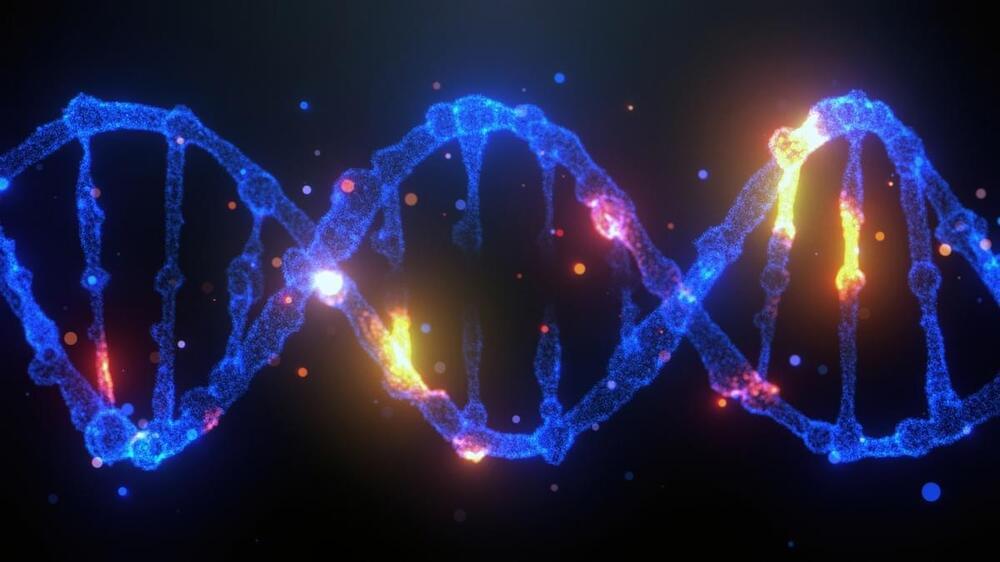


Psilocybin has antidepressant-like effects and can improve cognitive function in a rat model of depression induced by chronic stress, according to new research published in Psychedelic Medicine. The findings provide new insights into the potential therapeutic applications of psychedelic substances and highlight the need for further research in this area to fully comprehend the underlying mechanisms.
Psilocybin is a naturally occurring psychedelic compound found in certain species of mushrooms, often referred to as “magic mushrooms” or “shrooms.” In recent years, there has been a growing interest in studying psilocybin and other psychedelics for their potential therapeutic effects. Psychedelics have shown promising rapid and persistent antidepressant effects in humans and animals. However, the exact mechanism behind these effects is not fully understood.
To investigate the cellular and molecular mechanisms responsible for the antidepressant effects of psychedelics, the researchers used an appropriate animal model of depression. They chose a chronic stress-based model for greater translational value, as chronic stress is known to be a significant factor in depression. They specifically focused on female rats, as women are more susceptible to depression than men.

Perovskite-based light emitting diodes (LEDs) could be the key to developing internet bandwidths orders of magnitude faster than what is now available, while also keeping energy consumption and cost down, researchers have claimed. Other potential applications lie in laser technology.
Perovskite is a natural mineral first identified in Russia’s Ural Mountains in 1,839 and composed primarily of calcium, titanium, and oxygen – all in the 10 most common elements in the Earth’s crust. The mineral gave its name to a class of materials based on the same elements but doped with small quantities of others. For almost the first two centuries after their discovery, these perovskites were largely a curiosity of interest only to chemists.
More recently, however, the ability of perovskites to display different electrical properties depending on the atoms with which they are doped has turned them into a wonder material. Perovskites now represent one of the most efficient ways to trap energy from sunlight and are continuing to improve at unprecedented rates. Moreover, perovskites have the potential to be manufactured far more cheaply than traditional silicon-based solar cells, while a layer of perovskite over a silicon base could capture more light than either on their own.
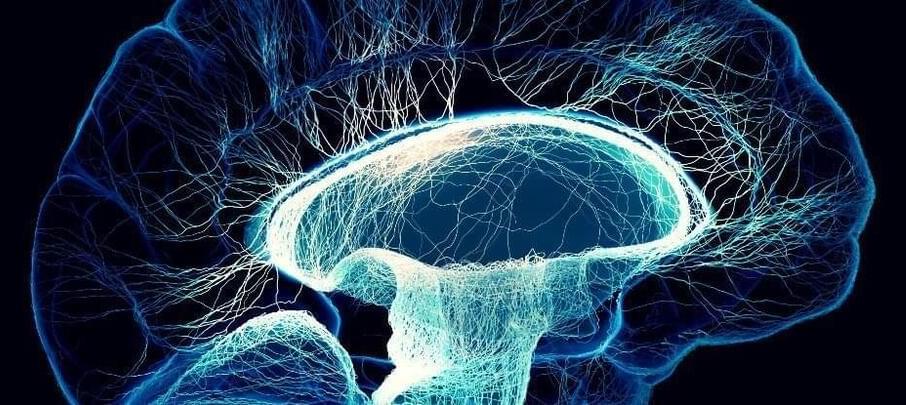
New research sheds light on a tricky idea of consciousness: There’s a difference between what the brain takes in and what we’re consciously aware of taking in.
Scientists now think they’ve pinpointed the brain region where that conscious awareness is managed.
The team, from the Hebrew University of Jerusalem in Israel and the University of California, Berkeley (UC Berkeley), in the US, found sustained brain activity in the occipitotemporal area of the visual cortex in the back of the brain.
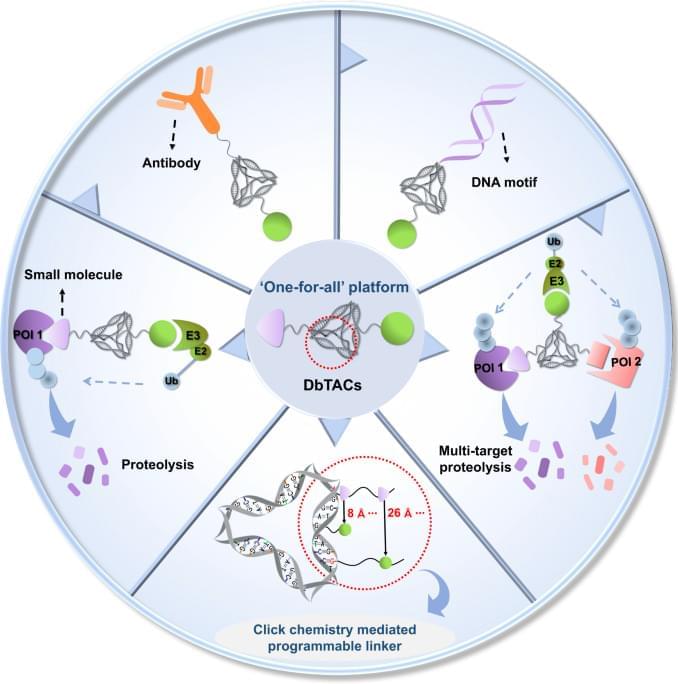
The lack of a universal platform for PROTAC development remains a major bottleneck. Here, the authors report modular DNA framework-based PROTACs (DbTACs) that enable precise control of the linker length and selective degradation of diverse targets in different cellular compartments using various warheads.

Researchers have used 3D nanotechnology to successfully grow human retinal cells, opening the door to a new way of treating age-related macular degeneration, a leading cause of blindness in the developed world.
In age-related macular degeneration (AMD), the macula, the part of the retina that controls sharp, straight-ahead vision, deteriorates and causes blurring in the central field of vision.
There are two types of AMD, ‘dry’ and ‘wet.’ Dry AMD is where the RPE cells in the macula break down, causing vision loss over time. It’s the most common type and mostly affects older people. In the rarer wet AMD, abnormal blood vessel growth into the macula causes fluid and blood leakage, damaging the retina and destruction of the RPE cells, leading to a rapid loss of vision.
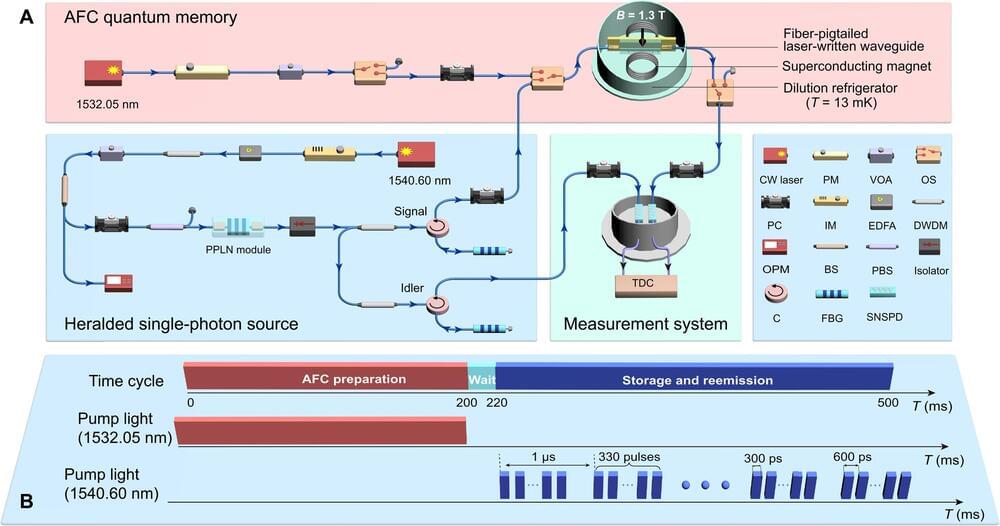
Quantum memory that depends on quantum-band integration is a key building block used to develop quantum networks that are compatible with fiber communication infrastructures. Quantum engineers and IT specialists have yet to create such a network with large capacity to form an integrated multimode photonic quantum memory at telecom band.
In a new report in Science Advances, Xueying Zhang and a research team in electronic science, physics, and information technology described fiber-integrated multimode storage of a single photon at telecom band on a laser-written chip.
The storage device made of fiber-pigtailed erbium (Er3+) doped lithium niobate (Er3+:LiNbO3), presented a memory system integrated with telecom-band fiber-integrated on-chip components. The outcomes of the study highlight a pathway for future quantum networks to come in to being, based on integrated photonics devices.

Other commentators, though, were not convinced. Noam Chomsky, a professor of linguistics, dismissed ChatGPT as “hi-tech plagiarism”.
For years, I was relaxed about the prospect of AI’s impact on human existence and our environment. That’s because I always thought of it as a guide or adviser to humans. But the prospect of AIs taking decisions – exerting executive control – is another matter. And it’s one that is now being seriously entertained.
One of the key reasons we shouldn’t let AI have executive power is that it entirely lacks emotion, which is crucial for decision-making. Without emotion, empathy and a moral compass, you have created the perfect psychopath. The resulting system may be highly intelligent, but it will lack the human emotional core that enables it to measure the potentially devastating emotional consequences of an otherwise rational decision.
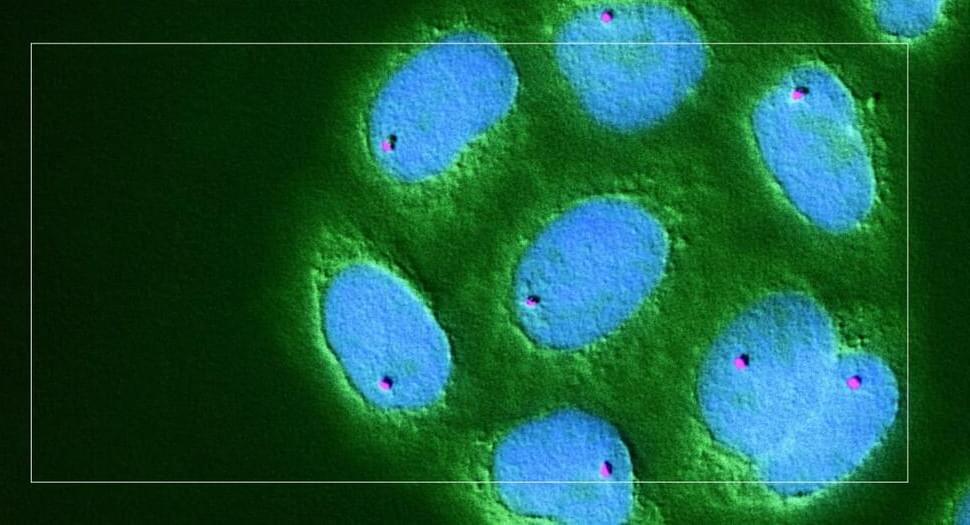
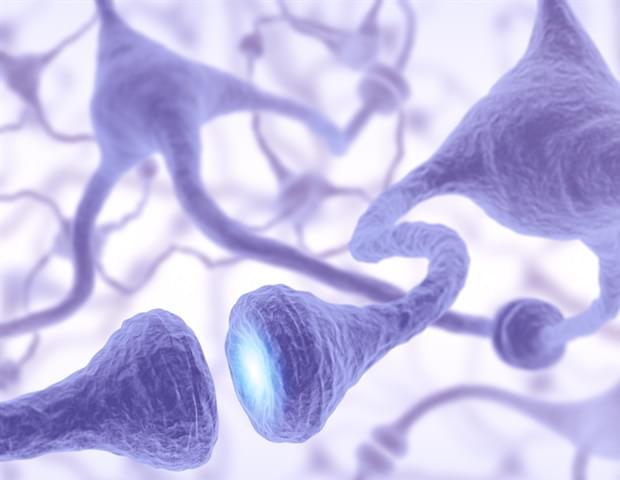
Neurons are the cells that constitute neural circuits and use chemicals and electricity to receive and send messages that allow the body to do everything, including thinking, sensing, moving, and more. Neurons have a long fiber called an axon that sends information to the subsequent neurons. Information from axons is received by branch-like structures that fan out from the cell body, called dendrites.
Dendritic refinement is an important part of early postnatal brain development during which dendrites are tailored to make specific connections with appropriate axons. In a recently published paper, researchers present evidence showing how a mechanism within the neurons of a rodent involving the Golgi apparatus initiates dendritic refinement with the help of the neuronal activity received by a receptor of a neurotransmitter called N-methyl-D-aspartate-type glutamate receptor (NMDAR).
The paper was published in Cell Reports on July 28.